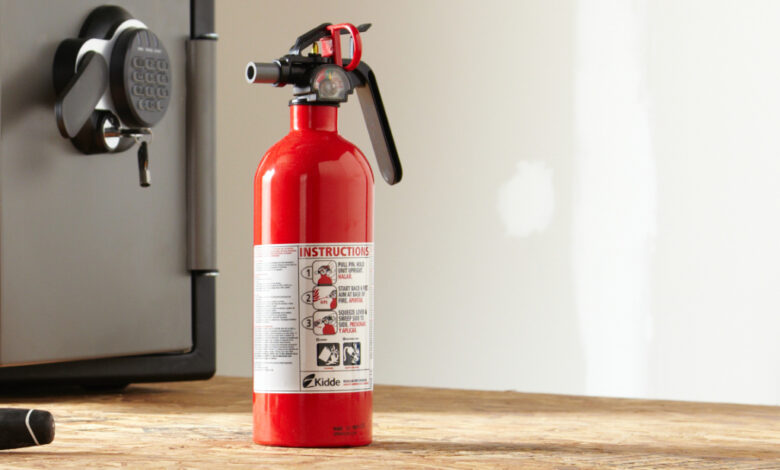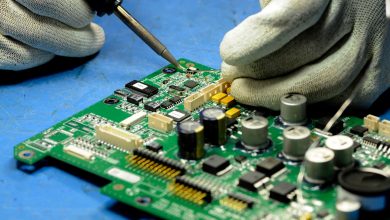Fire extinguisher requirements for businesses

As a business owner, you are responsible for the safety of your employees and customers. This includes taking steps to prevent and prepare for fires. The following are some fire safety requirements for businesses:
– Install and maintain smoke detectors in all workplaces.
– Develop and implement an evacuation plan.
– Train employees on how to use fire extinguishers.
– Store flammable materials in appropriate containers and away from heat sources.
– Inspect electrical equipment regularly and have it repaired or replaced as needed.
– Do not overload circuits or extension cords.
– Keep exits clear of obstructions.
– Have a designated person responsible for monitoring fire hazards and implementing safety procedures.
Law regulations
Are you required by law to have a fire extinguisher?
While there is no federal law mandating the use of fire extinguishers in businesses, some states and localities have their own laws. For example, the state of California requires all businesses to have at least one fire extinguisher on-premises. Check with your state or local fire marshal to see if there are any fire safety requirements specific to your area. In Texas, businesses are required to have a fire extinguisher if they meet certain criteria, such as having flammable liquids or electrical equipment on-site.
Additionally, even if there is no law mandating the use of fire extinguishers, it is still a good idea to have them on hand in case of an emergency. Fire extinguishers can help stop a fire from spreading and save lives.
What are the different types of fire extinguishers?
There are several different types of fire extinguishers, each designed for use on specific types of fires. The most common type of extinguisher is the ABC extinguisher, which can be used on Class A, B, and C fires. Class A fires involve ordinary combustibles such as paper or wood. Class B fires involve flammable liquids, such as gasoline or oil. Class C fires involve electrical equipment.
There are also Class D extinguishers for use on metals, and Class K extinguishers for use on cooking oils and fats. Some extinguishers are labeled for multiple classes of fire.
What are the steps for using a fire extinguisher?
If you find yourself in a situation where you need to use a fire extinguisher, follow these steps:
1. Pull the pin at the top of the extinguisher. This will break the seal and allow you to discharge the contents.
2. Aim the nozzle at the base of the fire.
3. Squeeze the lever slowly and evenly.
4. Sweep the nozzle from side to side until the fire is extinguished.
5. If the fire re-ignites, repeat steps 2-4.
6. Once the fire is out, release the lever to stop the flow of the extinguishing agent.
7. If possible, remove any remaining combustibles from the area.
8. If the fire was large or spreading quickly, evacuate the area and call 911. Do not re-enter the building until it has been determined safe to do so.
There are several different types of fire extinguishers, each designed for use on specific types of fires. The most common type is the ABC fire extinguisher, which can be used on fires that involve ordinary combustibles, flammable, and electrical equipment. Other types of fire extinguishers include those designed for use on Class A (trash and wood), Class B (liquids), and Class C (electrical) fires.
When using a fire extinguisher, it is important to point the nozzle at the base of the fire and to sweep the extinguisher from side to side. Do not stand too close to the fire, as the heat can cause the contents
Conclusion
Fire safety is important in any workplace or home. By following some simple fire safety tips, you can help prevent fires from starting and keep yourself and others safe in the event of a fire.




